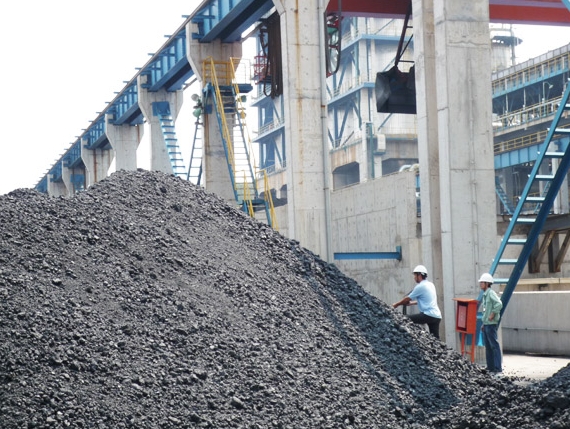
Oil coke has many applications in the aluminum, steel and chemical industries. It is primarily used as a source of combustible fuel but also has value in the production of carbon products, asphalts and chemicals, as a construction material, and for graphite electrodes in aluminum smelting. Production of petcoke releases a large amount of pollutants, which can have a negative impact on human health and environment. There are several alternative sources of energy that could reduce the need for petcoke or other fossil fuels.
Petroleum coke is produced by thermally "cracking", or heating, crude oil. The liquid hydrocarbons separated from heavier carbon molecules are used in this process to make petroleum coke. Other lighter components, such as gaseous gases and lighter vapors can be burned to produce fuels that burn. The amount of feedstock that can be turned into coke depends on the quality and quantity of crude oil. To remove the volatile matter from the coke and to increase the elemental carbon, it is thermally processed using a rotary furnace, also known as calcining. Plants for calcining coke can be found in refineries or aluminum smelters, as captive plants.

Coke, which is highly refractory, undergoes a powerful chemical reaction during the calcination process. This transforms it into an electrically conductive, more orderly form. This transformation is essential for the production of anode grade calcined petroleum coke (CPC), used by the aluminum smelting industry to make aluminum anodes. GPC, without calcining would shrink and crack when baked, making it unsuitable for the production of aluminum anodes.
Many calcining plant designs are equipped with systems for waste heat energy recuperation. These capture hot flue gasses that exhaust countercurrently to the coke beds and then use these gases to power a steam generator. As a result, less energy is required to run the calcination facility and overall pollutants such as NOx (NOx oxides), CO, and PM10 are also reduced.
In addition to waste heat energy recovery, a number of petcoke calcining facilities utilize SO2 scrubbers to control sulfur dioxide (SO2) emissions. CII Carbon recently installed a fluidizedbed SO2 Scrubber at the Lake Charles calciner. They are currently in construction of a similar scrubber for their Chalmette calciner. This facility achieves SO2 emissions well below air quality standards.
Particle pollution is caused by open petcoke piles. The rates of lung cancer and bronchus disease are higher in communities that have open-air storage than they are nationally, and the rates of asthma deaths are twice as high. According to a recent Environmental Protection Agency study, people who live near petcoke plants in Southwest Detroit and Chicago die of asthma at a higher rate than people who are further away. According to the study, open-air petcoke storage is harmful for human health. It should be replaced with more effective technology.

Write a Message